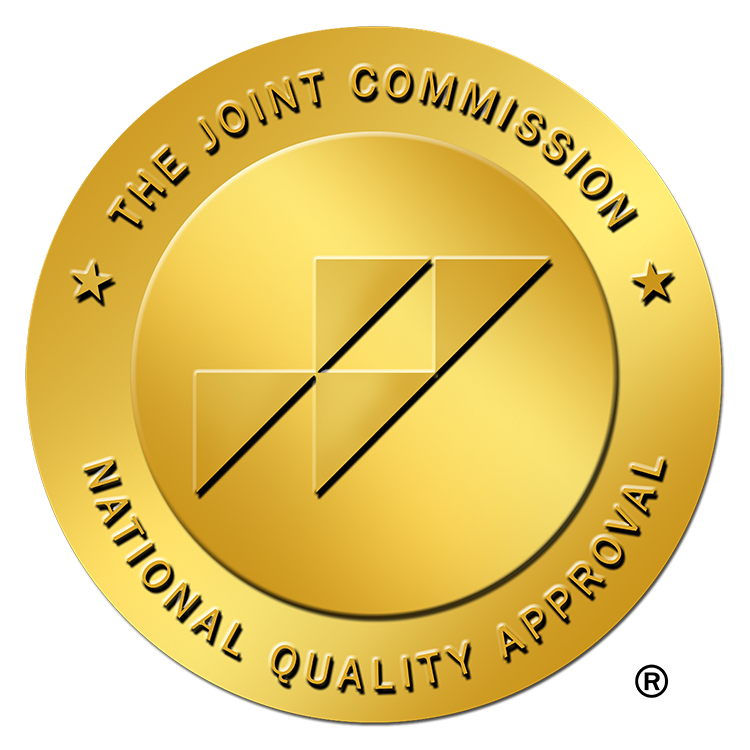In Applied Behavior Analysis and across professional fields, we’ve been conditioned to measure success by titles and salary bumps. But what if the most valuable career move you could make isn’t upward, but sideways, into a structured learning environment with a dedicated guide?
The Courage to Step Sideways (Or Back)
This is where conventional career advice often falls short. We’re told to always move up, but some of the most transformative career moves involve prioritizing mentorship over title.
Consider this scenario: You’re offered two positions. One is a promotion with a $5,000 raise. The other is a lateral move at an organization known for its incredible mentorship program, led by an expert you deeply respect.
The conventional wisdom says take the money and the title. But that lateral move offers something far more valuable:
- Direct mentorship from a recognized expert in your field.
- Exposure to cutting-edge practices and methodologies.
- A chance to fill critical gaps in your skillset.
- Connections to a network of high-performing professionals.
The truth is, that “step back” could catapult you forward in ways the incremental promotion never would. In ABA, working under a strong clinical mentor can transform your understanding of functional assessment, behavioral theory, and ethical practice in ways that compound over your entire career.
The Mentorship Imperative
Mentorship isn’t just a nice-to-have; it’s a career game-changer backed by compelling data. Research shows that 90% of employees who have a professional mentor report feeling content at work. Even more striking, organizations with mentorship programs see employee turnover reduced by as much as 20%. When we look at retention rates specifically, mentees stay at their companies at a rate of 72%, and mentors at 69%, compared to just 49% for those not involved in mentorship.
These aren’t just statistics. They represent real professionals who found fulfillment, growth, and a reason to stay engaged because someone was actively invested in their development.
Finding Your Guide: Two Paths to Growth
Too many professionals wait for mentorship to happen to them. The most effective strategy is to actively seek it out. Once you identify your knowledge gaps, the specific skills you want to develop, you can pursue mentorship through two powerful, direct paths.
- The One-on-One Mentor: This is the classic model of finding an individual to teach you. Start by identifying someone who excels in the domain you want to master. This could be a colleague, a supervisor, or an industry leader you admire. Don’t be afraid to reach out and ask for periodic guidance. The key is to be specific about what you want to learn and respectful of their time. This direct relationship provides tailored feedback and a personal connection that can shape your career for years.
- The Structured Program: An alternative to finding a single person is to find an organization that has mentorship built into its structure. These programs provide a formal, led framework for growth, ensuring you receive consistent, high-quality guidance. When considering a new job, ask about mentorship opportunities. Does the company have a formal program? Is mentorship a defined part of a leader’s role? Joining an organization with a strong, structured mentorship system can accelerate your development exponentially.
From Theory to Practice: How Centria Imbeds Mentorship
So what does it look like when an organization builds mentorship into its very structure? At Centria, this is a core part of our clinical DNA. We’ve developed a tiered mentorship model designed to ensure our foundational clinical practices are implemented with excellence. The process is a powerful “train the trainer” model: senior clinical leaders are first mentored to mastery in our core assessment and treatment methodologies.
Once they graduate, their focus shifts to becoming mentors for their own teams. This isn’t a passive process; it’s a structured, hands-on system involving direct observation and data-driven feedback. The results are profound. Our data shows that when a Director of Clinical Service (DCS) completes their mentorship, the Supervising Clinicians (SCs) on their team are 69% less likely to quit. The positive impact begins immediately; SCs are 44% less likely to quit from the moment their leader simply starts the program.
By creating this framework of accountability and support, we’ve made mentorship a non-negotiable part of a clinical leader’s role. It’s a cultural commitment to growth, proving that the best way to scale clinical excellence is to invest deeply in the people responsible for delivering it.
The Long Game
Those who build the most fulfilling and impactful careers aren’t always the ones who climbed fastest. They’re the ones who learned deeply by seeking out wisdom from others.
Your career is long. Prioritizing a role with incredible mentorship over one that simply pays more will make you invaluable five years from now. More than that, you’ll actually enjoy the journey, knowing you’re growing every day under the guidance of someone invested in your success.
Seek mentorship intentionally. Value growth over titles. And remember: sometimes the best way to move forward is to step sideways into the right learning environment. The question isn’t whether you can afford to prioritize mentorship. It’s whether you can afford not to.
About the Author
Jerry Idicula is an Area Clinical Director of Services for Centria in metro Detroit. He earned his Master’s in Education in Educational Psychology from Wayne State University in 2018. Joining Centria in 2022, Jerry’s professional passions within the field of Applied Behavior Analysis (ABA) include disseminating the science of behavior analysis, consulting on complex cases, and leadership development.





